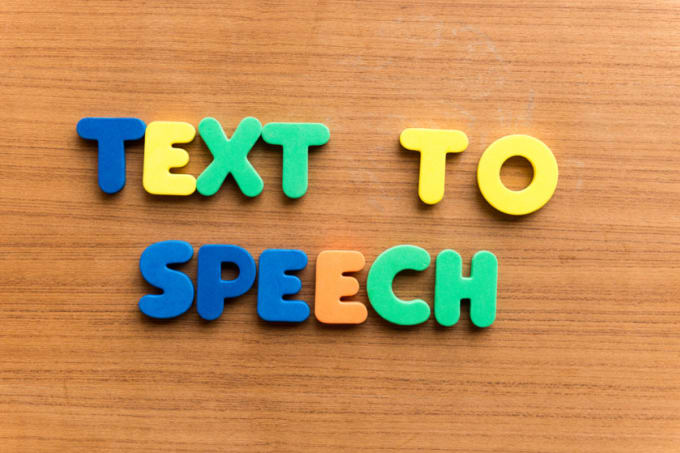

pip install speechrecognition pip install wheel pip install pipwin pipwin install pyaudio Step 2: Code the Python Script That Implements a Very Basic STT Engine

Open your Windows command prompt or any other terminal that you are comfortable using and execute the following commands in sequence, with the next command executed only after the previous one has completed its successful execution. We will start by installing the Python libraries, namely: speechrecognition, wheel, pipwin and pyaudio. Step 1: Installation of Specific Python Libraries NOTE: I worked on this proof-of-concept (PoC) project on my local Windows machine and therefore, I assume that all instructions pertaining to this PoC are tried out by the readers on a system running Microsoft Windows OS. Let’s go through the sequence of steps required.

We can build a very basic STT engine using a simple Python script. One of the most important and critical functionalities involved with any voice technology implementation is a speech to text (STT) engine that performs voice recognition and conversion of the voice into text. Starting from voice shopping on Amazon to routine (and growingly complex) tasks performed by the personal voice assistant devices/speakers such as Amazon’s Alexa at the command of our voice, voice technology has found many practical uses in different spheres of life. The technology has grown, evolved and matured at a tremendous pace. In today’s world, voice technology has become very prevalent.


 0 kommentar(er)
0 kommentar(er)
